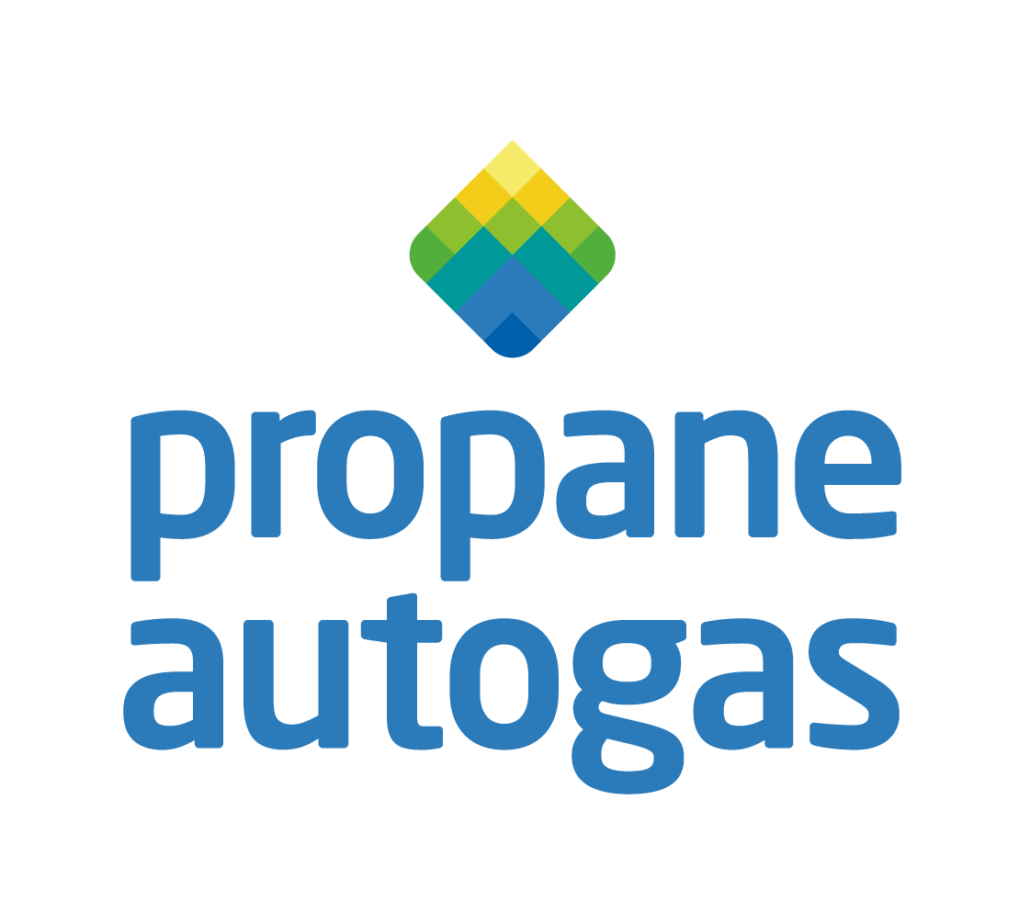For over a century, propane has been used to heat homes, water, and other spaces. It’s used for cooking, and it fuels forklifts, farm irrigation engines and more. Autogas has been gaining in popularity and use over the past several years, but many people are still not aware of its existence. Would you like to learn more? Here’s a look at some of the most frequently asked questions about autogas and its various applications/uses.
What is autogas?
Autogas is the common name for liquefied petroleum gas (LPG) when it is used as a fuel in internal combustion engines in vehicles as well as in stationary applications such as generators.

What are some of the advantages of autogas?
Autogas fuel is consistently less expensive than gasoline and diesel. Autogas vehicles typically don’t require the same expensive repairs and replacement parts compared to other fuel vehicles.
Autogas is widely used as a ‘green’ fuel. It is among the lowest total carbon emissions fuels, providing an approximate 30% reduction in emissions versus gasoline or diesel. Autogas is an approved, alternative clean fuel listed in the 1990 Clean Air Act and National Energy Policy act of 1992.
99% of the Autogas used in the U.S. is produced in North America. Autogas supports our domestic economy, creates American jobs, and offers energy independence, reducing America’s dependence on imported petroleum.
Autogas tanks are 20 times as puncture resistant as gasoline tanks and can withstand 4 times the pressure. Properly installed autogas vehicle fuel tanks can actually add to the structural integrity of a vehicle. Autogas also has a lower flammability range than conventional gasoline, decreasing probability of accidental combustion. Autogas is nontoxic, nonpoisonous and soluble in water. Unlike gasoline, an autogas dispensing nozzle cannot spray fuel unless connected to the vehicle’s refueling connector.
While diesel engines can sometimes spend valuable time in the shop for repairs on complex emissions systems, autogas vehicles can help keep your business running with reliable operation.
Does using autogas require special vehicles?
To use autogas as your fleet’s alternative fuel, you don’t need to buy new vehicles. Yes, some fleet customers choose to buy new autogas vehicles, but many fleet customers choose to convert their existing fleet vehicles from gasoline to autogas. It is also possible to utilize a bi-fuel system, where you have the option to operate your vehicle on either gasoline or autogas.
How is autogas being used?
Autogas is an excellent choice for fueling commercial fleet vehicles. One of the most common applications for autogas is to fuel buses, including school buses. Public and private fleets are ideal candidates for conversion to autogas because they are accumulating high mileage within a fixed radius of travel. Other applications include delivery vehicles, taxi/limousine, airport shuttles, police and ambulance fleets.
How is autogas being used?
There are over 27 million vehicles running on autogas worldwide, making it the third most-widely-used automotive fuel in the world. And, although the U.S. only has about 3% of the autogas vehicles currently in use globally, use of autogas is on the rise in America. The U.S. Department of Energy lists over 1,300 autogas fueling station locations across the country.
Where do users of autogas refuel their vehicles?
There are several different scenarios for owners of autogas-fueled vehicles when it comes to ongoing refueling.
Fleet owners can work with their propane supplier to purchase their own private, central fueling station(s). This typically involves purchasing a propane tank, pump, motor, and dispenser.
In this scenario, the fleet owner is typically responsible for site preparation (crash protection, electrical, etc.). The propane supplier maintains ownership and maintenance of any tanks, pumps and other necessary equipment.
Fleet owners with limited space or needing more fueling locations along their routes can take advantage of this option without infrastructure investment. Network refueling stations are typically accessible 24/7 through a card lock system. If a network is not currently available in your area, a propane supplier may create one for your fleet, if it’s large enough. Alternatively, multiple fleets can team up to provide adequate load for requesting a refueling network.
How can Crystal Flash help with my autogas needs?
Well, we thought you’d never ask! The employee-owners of Crystal Flash are ready to help with all your autogas needs, including service, site requirements, pricing and any other questions that you may have. Contact us at today and we can walk through any questions together.
